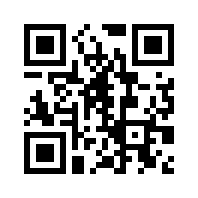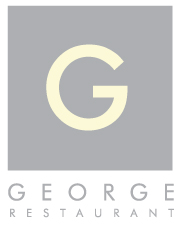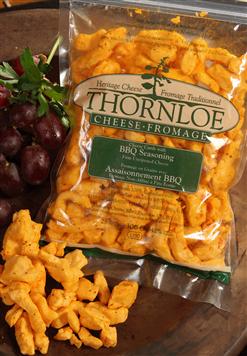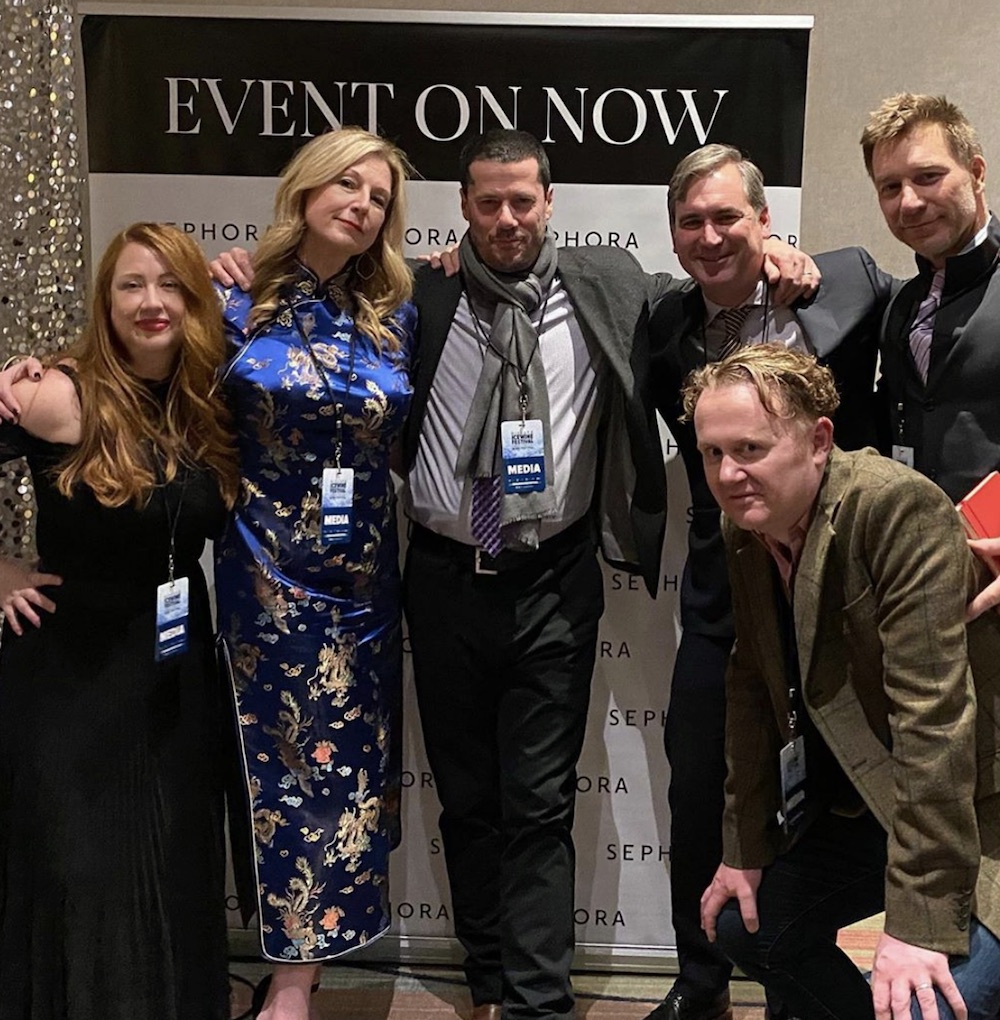By Kylie Meyermann
 As a twenty-something, I can attest that social media is becoming ever more difficult to comprehend. Moving at light year speed, many people are struggling to maintain half a dozen communication apparatuses’ all while struggling to remain relevant.
As a twenty-something, I can attest that social media is becoming ever more difficult to comprehend. Moving at light year speed, many people are struggling to maintain half a dozen communication apparatuses’ all while struggling to remain relevant.
The sole intention of social media is to keep others informed. While blogs were cultivated at the beginning of the social media revolution, users were quickly criticized for applying too much personal dialogue, (uh hum, Julie Powell). Twitter eliminates this dilemma by only allowing users 140 scrupulous characters.
While Twitter has done wonders for the hash-tag, Twitter makes it exceedingly difficult for consumers to make informed purchases.
It is nearly impossible for a wine review on Twitter to elaborate beyond ‘Good red wine. Drink now’.
I miss the quirky innuendos.
For those of us lost in social media limbo, QR Codes are the perfect antidote for those serious consumers.
QR (short form for Quick Response) are square codes, usually the size of a postage stamp, which features black-and-white designs that resemble pixels. There are countless apps on smartphones that can scan the code by using the phone’s camera. The camera then translates the pixel into a Web address.
Many wine producers are using QR codes to help communicate complex information to their consumers. The back label of a wine bottle has more-or-less the same character expectancy as a post on Twitter – 140 characters. QR Codes can link wine drinkers to the winery from almost any location, as long as they possess a smartphone. Vineyard philosophy, team member directory, weather reports and customer feedback are all available at the flash of a camera. The consumers now have the benefit of making a more informed purchase.
The LCBO is also jumping on board the flash-wagon by printing QR Codes on their in-store advertisements. During the LCBO’s goLOCAL campaign, customers had the option of flashing their camera’s at goLOCAL billboards, which would then link the consumers to wine reviews provided by the LCBO purchasing team.
For many people, including myself, it is much easier accessing a QR Code for information than navigating through some labyrinth of a wine app.
QR Codes still have a long way to go, they are still in the ity-bity stage of social media. While restaurants and food and beverage chains have quickly adopted a QR advertising agenda, individual producers are more reluctant to acquire QR technology, which is unfortunate when considering the many benefits.
I’m looking forward to the day when I will be able to scan a QR Code on a barrel of cheese and be transported to a farm instead of a news review. Reading a review can never compare to the visual of sheep grazing in a dewy meadow while a farmer agitatedly explains his agriculture aesthetics.
QR Codes may spur the new renaissance of romance and food.
 Kylie Meyermann is a contributor of Good Food Revolution. Follow her on twitter KyliesWines. She would love to hear your feedback.
Kylie Meyermann is a contributor of Good Food Revolution. Follow her on twitter KyliesWines. She would love to hear your feedback.








No smart phone……….still pondering how I feel about this. My first reaction isn’t positive, but as I’m typing I’m reasoning it out with myself, that knowledge, and information getting out to consumers is a good thing……must seek out someone with a smartphone to see how this works! Good article though.
Hi Kylie and Annie,
We at Chateau des Charmes we Northa American pioneers on the use of QR codes on back labels. Back in 2009 we selected 15 of our wines to test to see if consumers would be interested and click. In the begining very few people knew what they were let alone know what to do with them. Within 6 months QR codes were popping up everywhere and the number of clicks on our codes started to climb. Today we assume the majority of people who see a code will know and be able to access the information. QR codes allow the back labels to become dynamic with more real estate to tell our story and give you even more reasons why you should buy our wines.Technology and social media have given consumers access to the wine producer like never before. Its that personal interaction that helps to create connections and stories to bring the wine to life. In our books that can only be a good thing! Cheers!